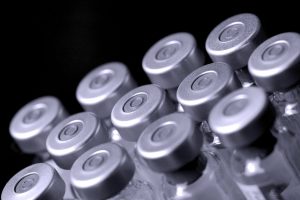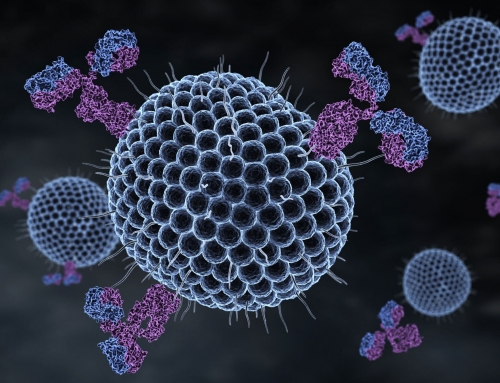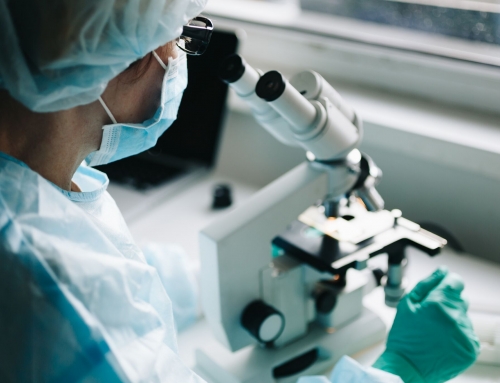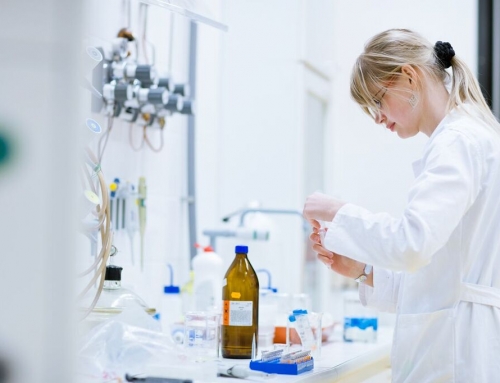 The Vero platform’s upstream and downstream processing stages are designed for maximum efficiency and safety, as well as purity of the final vaccine product.
The Vero platform’s upstream and downstream processing stages are designed for maximum efficiency and safety, as well as purity of the final vaccine product.
by Susan Thompson, Technical Director at VxP Biologics
Despite many recent advances in vaccine development technology, the actual process of bringing new vaccines to the clinical trial stage often remains cumbersome and slow. Even the most elaborate recombinant technologies and vector systems may not integrate smoothly into an existing manufacturing pipeline, and inefficiencies and safety issues may emerge at any step of the process.
The Vero cell platform vaccine production technology is able to address many of these issues, providing a streamlined system for the rapid development of novel vaccines for emerging viruses. Vero has already proven effective in quickly developing vaccines to combat avian influenza, SARS, alphavirus, flavavirus, and other evolving viral threats.
The platform’s key advantages lie in its rigorously validated pipelines for quickly generating, inactivating and purifying large batches of viruses, in order to rapidly produce safe, tested formulations ready for regulatory approval. This streamlined series of pipelines proceeds in five major stages: propagation of cells and viruses, replication, harvesting and inactivation, purification, and finally formulation and filling.
The following is a more detailed breakdown and analysis of each of those five stages.
The Vero platform’s upstream processing moves cells rapidly from propagation to inactivation.
Following an initial period of cell culturing in roller bottles, the cells are passaged and expanded on microcarriers. This propagation and expansion takes place at three increasing scales of fermenter culture systems, leading to the generation of a final batch at the 6000-liter scale required for actual production of the host cells.
Meanwhile, the target virus has been separately propagated to the necessary scale in a tiered virus bank system. This simultaneous propagation of viruses and host cells enables the 6000-liter cell culture to be infected as soon as its final generation is generated. This infected cell culture is then incubated for the required timeframe, allowing the viruses within the cells to replicate on the necessary scale.
Once the culture has generated the required amount of virus, the microcarriers in the culture supernatant are separated from the cell debris in a sieve tank and separator, yielding the harvest of infectious virus. Immediately after filtration, this harvested virus is treated with benzonase, a recombinant endonuclease produced in E. coli bacteria, in order to digest any remaining DNA from the host cells.
The final upstream stage is inactivation of the virus. Sequential formaldehyde is used to break down protein, after which ultraviolet irradiation (UV) eliminates residual nucleic acid. These two-step inactivation conditions are designed to provide an inactivation time at least twice the required minimum, ensuring that no infectious virus remains after the formaldehyde step alone.
Following formaldehyde and UV inactivation, the virus harvest is transferred from the inactivation tank, over a UV thin layer chamber, and directly into bags. These bags are then irradiated with an additional UV dose, to widen the safety margin even further. Although the precise inactivation time must be optimized for each type of virus treated, the Vero platform’s pipeline is designed to provide safety margins that well exceed required minimums.
Downstream processing includes two rapid purification steps, leading smoothly to formulation and filling.
Following the inactivation of the virus yield, the Vero pipeline then moves the harvest into the downstream processing stages. These stages consist of two distinct purification steps, which concentrate the virus as densely as possible without damaging its structure, and remove any residual matter from the host cells, resulting in a highly pure, extremely concentrated product, ready to be introduced into formulations and filled into its delivery system.
In the first of these downstream purification stages, ultracentrifugation is used to concentrate the product. This is done with a sucrose gradient, in order to separate the virus material from other matter based on its relative density. After this initial purification, the resulting virus product is homogenized, via a second benzonase treatment that digests any minuscule remnants of DNA from the host cells. Ultra- and/or diafiltration is then used to remove any remaining impurities.
Once the pure, concentrated product has been obtained, it is ready to be added to its pharmaceutical formulation. Finally, the formulation is filled into its delivery system. One common addition during the filling stage is an alum adjuvant, which may increase the response of the subject’s immune system to the inactivated virus.
This entire process might take months on a conventional egg-based pipeline; but the high efficiency of the Vero platform’s highly standardized manufacturing process delivers a much shorter and more flexible production cycle. Meanwhile, Vero’s intensive safety and purity protocols yield highly safe formulations that fall well within regulatory guidelines.
In fact, the success of Vero cells over the past decade has given the Vero platform worldwide recognition among virologists and epidemiologists. Vero cells are already accepted by regulatory authorities in more than 60 countries; a fact that significantly streamlines the process of licensure and regulatory approval.
All these benefits combine into an extremely agile platform that can deliver entirely novel vaccines in time to combat emerging viral threats, at prices that are reasonable to the World Health Organization (WHO) and other emergency responders.



